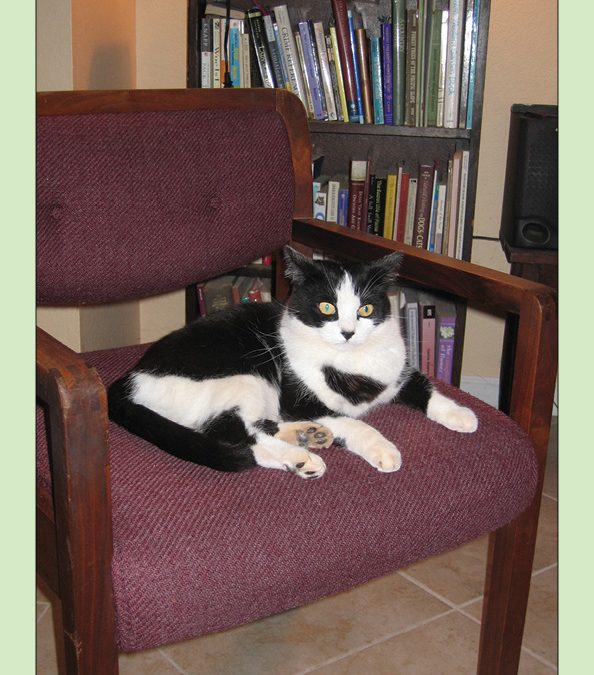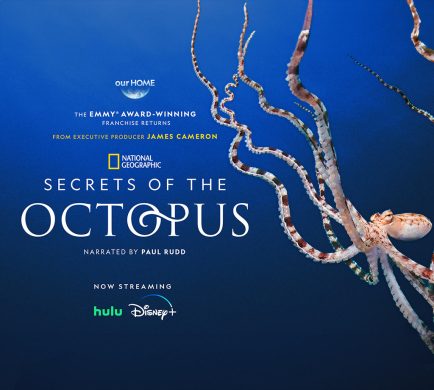By Marta Williams
Everywhere I go, people tell me stories of how their animals heard and understood them when they gave complex verbal directions or even merely thought such directions. As an animal communicator, I am not surprised by this. I have had many such experiences myself, and I now know that animals are experts at intuitive communication.
Animals understand everything we say, think, feel, or visualize because, unlike most modern humans, animals were never trained to suppress and ignore intuitive messages. Unfortunately, this means that you can’t hide anything from your animals, and it’s useless to try!
But you can use their ability to your advantage when it comes to behavior training.
My sister Anne did this with her draft horse, Ollie. She called me for advice on how to deal with a behavior problem he was having. Ollie would act up whenever, because of time constraints, Anne had to ride him during the stable horses’ normal feeding time. Ollie is a total food hound, and he was not pleased to have to work when everyone else was eating. I advised Anne to tell Ollie exactly how much time they would spend riding and to assure him that no one would get his food while they were out. On the days when he had to go through this ordeal, I told her to promise him extra treats. Like magic, that was the end of her problem with Ollie. All she’d done was talk to him about the problem, but it was enough.
To use intuitive communication in a training situation, you need to experiment with changing your own beliefs and behaviors. Try out the new belief that your animal is as intelligent as any person. Speak out loud to your animal just as you would a human and try believing that your animal can comprehend everything you say, just as a person would. Sometimes this simple experiment will result in marked behavioral changes.
When you try this experiment, behave as if you believe that your animal can hear your thoughts, feel your feelings, and see the images you form in your mind. My sister has had success when simply thinking a message to Ollie. For example, one day when she was riding him, some rowdy horses in the arena were making Ollie visibly nervous. Anne sent him this thought: “Ollie, if you just relax, put your ears down, and walk along the fence toward the gate, we will go and get your dinner.” He immediately complied with no need for further physical or verbal cues. Someone standing nearby asked, “What on earth did you just do with your horse?” Anne replied, “We did the Vulcan mind-meld.”
If you are having a behavioral problem with your animal, discuss it out loud and in detail with the animal. Explain what you want to have happen and why. Then close your eyes and visualize what you want your animal to do. Make a mental movie of exactly how you want your animal to behave. Infuse this visualization with the emotion you would feel if your animal actually behaved as your are imagining. Make the movie feel like a real-life experience by adding in sensory details. When you have finished, say to your animal, “That is my dream of how things could be. If you could do that for me, it would make me really happy.” Then see what happens.
I used this technique quite successfully to introduce a new kitten into my home. For a long time, I had wanted a kitten but had resisted, because I already had two dogs and two cats. What’s more, I felt sure my oldest cat would not appreciate a kitten. But then I met a kitten I couldn’t resist, so I brought her home. I was hoping she would eventually play with Tule, my two-year-old cat, who, in a futile attempt to find a playmate, would occasionally ambush Hazel, my twenty-one-year-old cat. I also hoped the new kitten would get along well with Hazel or, barring that, would at least respect her and give her a wide berth. I talked out loud to all the cats as if they could understand every word I said. I explained the situation, and told them what I wanted them to do and how I wanted them to behave. Then I closed my eyes and visualized them all getting along and playing and tolerating one another.
I isolated the kitten for a few weeks, then put them all together. They didn’t try to kill each other, but they weren’t being chummy, either. There was a lot of hissing and horrid behavior. When not refereeing, I would sit quietly and visualize them all lying curled up together or nimbly chasing one another about the house. I even imagined the sound of cats happily running back and forth in play. Then I would explain out loud again what I wanted from them.
I really didn’t think this kitten experiment was going to work. In my bleaker moments, I figured that instead of two cats who avoided each other, I would have three. But I didn’t give enough credit to the power of intuitive communication nor to this new kitten’s strong character. I had named her Phoebe, and she had a fearless personality. She wanted the two other cats to be her friends and was not going to give up until she got that. She waded calmly through all kinds of aggressive behavior in pursuit of her goal. By the end of three months, my visions had been realized: All three cats were playing together and chasing one another through the house. They also slept peacefully together on my desk, which made me happy but left me with virtually no space to work. The older Hazel not only accepted the new kitty, she loved her dearly. It was success beyond my wildest dreams, courtesy of intuitive communication and a radical little cat.
Here is another idea for helping your animal intuitively during training: If you want your animal to try something new and challenging, demonstrate it by letting your animal see another animal performing the task or by closing your eyes and imagining the activity for your animal.
When doing these intuitive communication experiments, make sure to acknowledge and reward any actions your animal takes that demonstrate that he or she heard and followed your instructions and requests. One of the best ways to reward your animal is to say: “You are brilliant!” Animals love to hear that as much as we do.
Marta Williams is an Internationally-acclaimed author, animal communicator, and teacher. She has written four books on animal communication including: Learning Their Language, Ask Your Animal, Beyond Words, and My Animal My Self. Marta travels throughout the world and offers online classes to teach people how to communicate intuitively with animals and nature. She has a Master Program for those who want to become professional animal communicators and provides private consultations for animals and their people. Marta lives on a small farm in Northern California.
www.martawilliams.com







